Description
Tropidonotus tessellatus, Tropidonotus natrix by Bruno Dürigen printed on a T-Shirt
About the T-Shirt
Regular fit
Standard length, the fabric easily gives into movement
Casual wear
A classic, everyday option loved by our customers
Side-seamed
Constructed by sewing two parts together, creating a fitted look
The Unisex Staple T-Shirt feels soft and light with just the right amount of stretch. It’s comfortable and flattering for all. We can’t compliment this shirt enough–it’s one of our crowd favorites, and it’s sure to be your next favorite too!
- Solid colors are 100% Airlume combed and ring-spun cotton
- Ash color is 99% combed and ring-spun cotton, 1% polyester
- Heather colors are 52% combed and ring-spun cotton, 48% polyester
- Athletic and Black Heather are 90% combed and ring-spun cotton, 10% polyester
- Heather Prism colors are 99% combed and ring-spun cotton, 1% polyester
- Fabric weight: 4.2 oz./yd.² (142 g/m²)
- Pre-shrunk fabric
- 30 singles
- Side-seamed construction
- Tear-away label
- Shoulder-to-shoulder taping
- Blank product sourced from Nicaragua, Mexico, Honduras, or the US
Bruno Dürigen (1853–1930)
Eduard Bruno Dürigen was a German science popularizer, teacher, animal keeper, herpetologist, and poultry breed specialist.
Dürigen was born in Erdmannsdorf (now part of Augustusburg) near Chemnitz in Saxony, where his father Wilhelm Eduard was a master saddler and pigeon fancier. The father was born in 1817 and came from Oberlichtenau, buying a home in Erdmannsdorf in 1848 and marrying Clara Auguste Thieme in 1849. While only eleven, the young Dürigen maintained pigeons and took an interest in other birds as well. He trained in Zschopau to be a teacher and was appointed in the Erzgebirge area and then to Dresden where he met Anton Reichenow. In 1874 he taught at a grammar school in Berlin-Steglitz and at the same time attended classes in botany and zoology at Berlin University. Along with Karl Ruß, he founded Isis a magazine for science in 1876. He quit editing in 1884 for unknown reasons and in 1890 he became an editor for an aquarium and terrarium magazine.
He published a book on the amphibians and reptiles of Germany in 1897. In 1881 he was associated with the founding of the German Poultry Breeder Association in Elbersfeld and in 1886 he wrote a book on poultry breeding (Die Geflügelzucht). He was widely known as a specialist in the breeding of poultry. He was appointed a lecturer of poultry science in the agricultural academy in Berlin in 1906-07 and in 1925 made an honorary professor. He established a journal on poultry science Archiv fuer Gefluegelkunde (Archive of Poultry Science) and began a museum of poultry breeds which is now in the Natural History Museum.

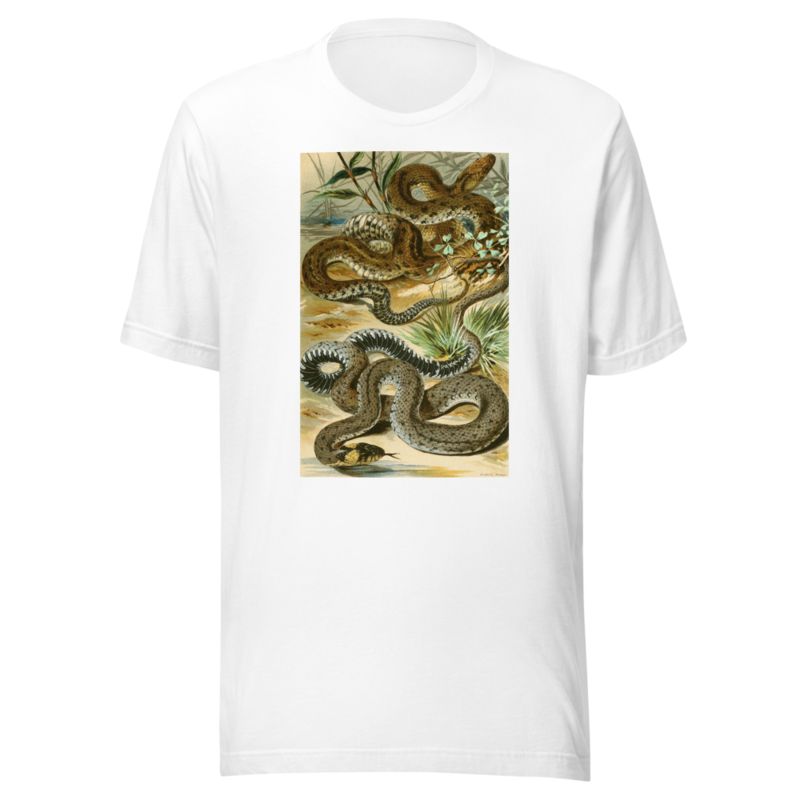
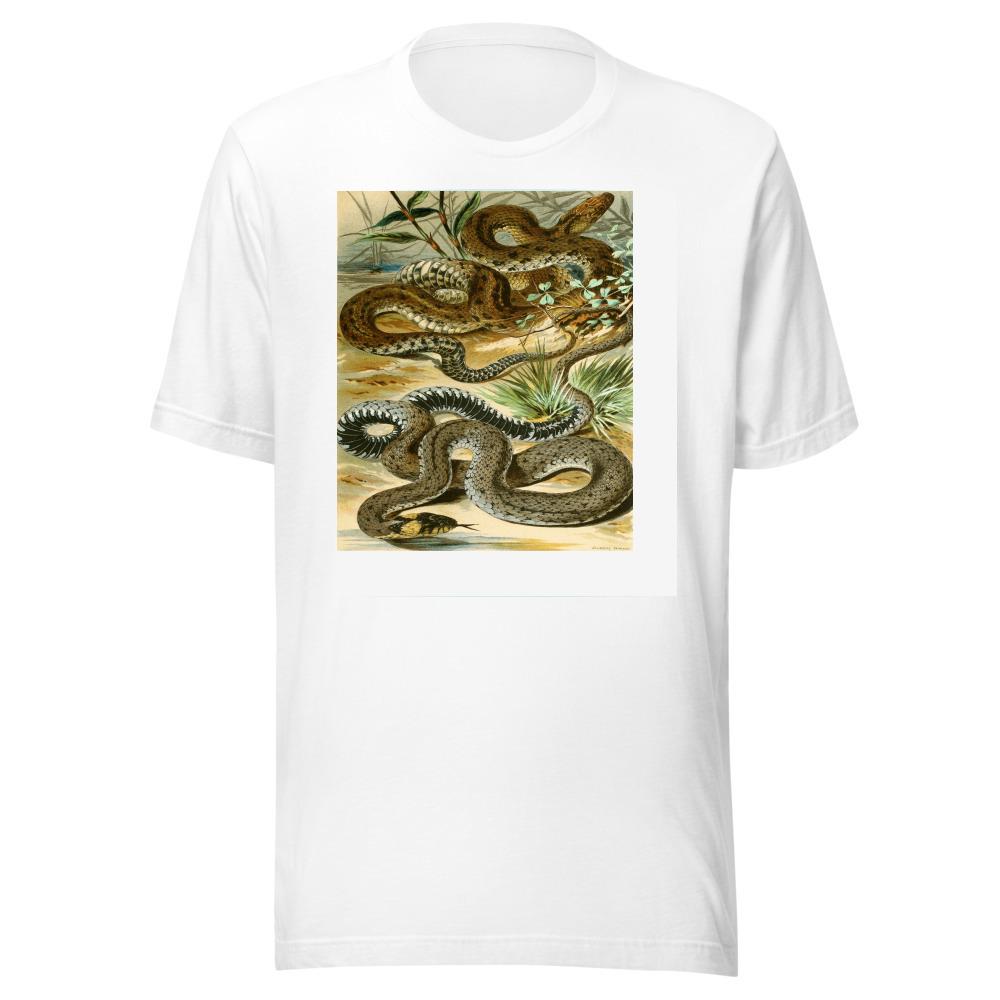
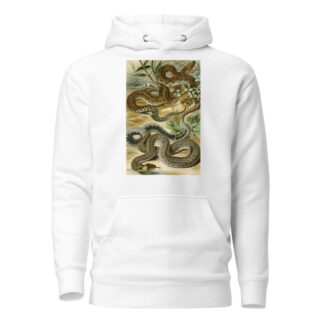
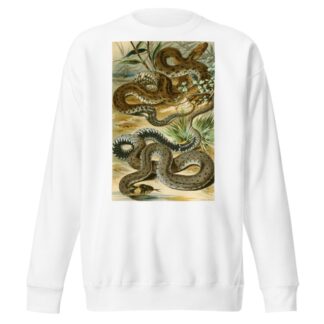
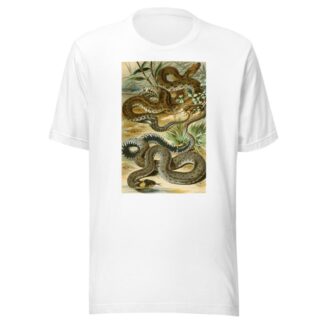
Reviews
There are no reviews yet.